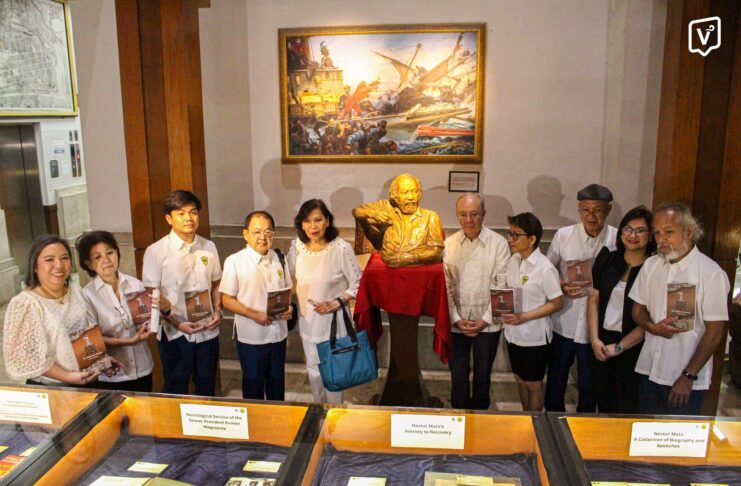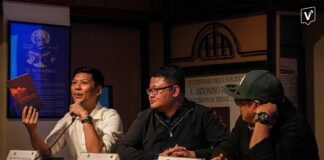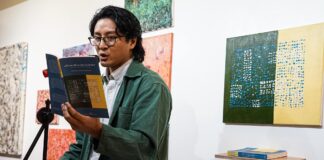An alignment of loyalties
 PALANCA awardee Katrina Tuvera’s The Jupiter Effect (Anvil Publishing, 2006) speaks of an apocalypse of sorts as the heavenly bodies revolving around the sun align straight, signaling the end of the world.
PALANCA awardee Katrina Tuvera’s The Jupiter Effect (Anvil Publishing, 2006) speaks of an apocalypse of sorts as the heavenly bodies revolving around the sun align straight, signaling the end of the world.
This apocalypse is the 1972 declaration of martial law while the planets are the different individuals who existed in such a time.
The story focuses on siblings Gabriela and Kiko Contreras who are fortunate enough to live a normal life during the martial law period because their father, Julian, is the minister of information of the president of the Philippines. Their father’s office allows the two to enjoy privileges not otherwise enjoyed by the populace.
Toward mightier pens
 To contribute to the writing of better fiction in the University of Santo Tomas, the Varsitarian Fiction Workshop was established. Now on its third year, the workshop was held at the St. Raymund’s Building last September 9 and 16. Vicente Groyon and Jose Dalisay, Jr. were the panelists for fiction in English while Eros Atalia, Abdon Balde, Jr., and Jun Cruz Reyes were the panelists for fiction in Filipino.
To contribute to the writing of better fiction in the University of Santo Tomas, the Varsitarian Fiction Workshop was established. Now on its third year, the workshop was held at the St. Raymund’s Building last September 9 and 16. Vicente Groyon and Jose Dalisay, Jr. were the panelists for fiction in English while Eros Atalia, Abdon Balde, Jr., and Jun Cruz Reyes were the panelists for fiction in Filipino.
Wicks and waxes
 VINCENT Espiritu recalled seeing orbs of light back when he was seven. At that moment, his entire house was engulfed in darkness due to a brownout, making it hard for him to fall asleep. Hours passed until the hands of the clock, illuminated by the minute amount of light from the candle he refused to blow out, indicated that it was already early morning. His eyes moved to the direction of the wooden ceiling, where only dancing shadows occupied its blankness.
VINCENT Espiritu recalled seeing orbs of light back when he was seven. At that moment, his entire house was engulfed in darkness due to a brownout, making it hard for him to fall asleep. Hours passed until the hands of the clock, illuminated by the minute amount of light from the candle he refused to blow out, indicated that it was already early morning. His eyes moved to the direction of the wooden ceiling, where only dancing shadows occupied its blankness.
Poet of nation’s epic evolution
 IN A NATION simmering with apathy and disunity, one writer has tempered his craft into a harmonious marriage between personal expression and a drive toward national solidarity.
IN A NATION simmering with apathy and disunity, one writer has tempered his craft into a harmonious marriage between personal expression and a drive toward national solidarity.
This year’s Parangal Hagbong recipient, Cirilo F. Bautista, reminds today’s writers of the Philippines’ need for an “evolving consciousness.” The Parangal Hagbong, which started in 1997, is the Varsitarian’s way of recognizing Thomasian paragons in Philippine literature. The word hagbong, which in the province of Quezon means an old headdress representative of one’s social status, pertains to a laurel wreath or an adornment of woven leaves that is placed on the head of one who has attained or shown prowess in the arts and letters.













